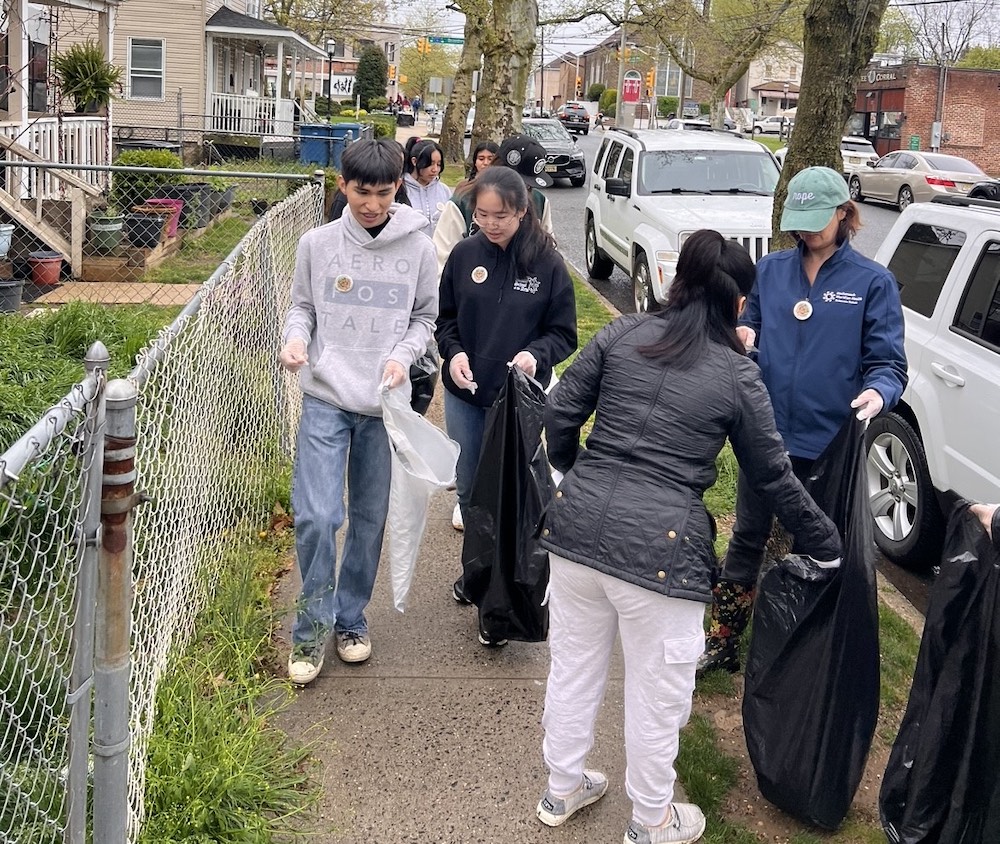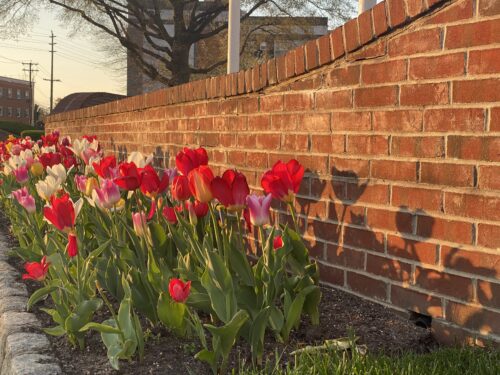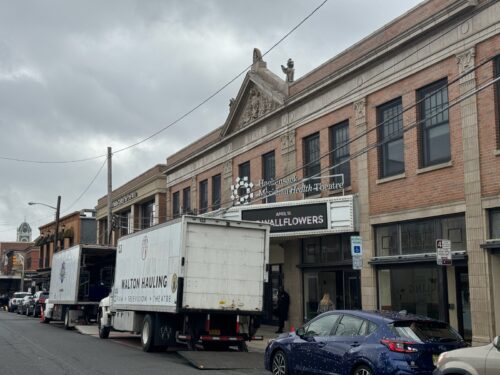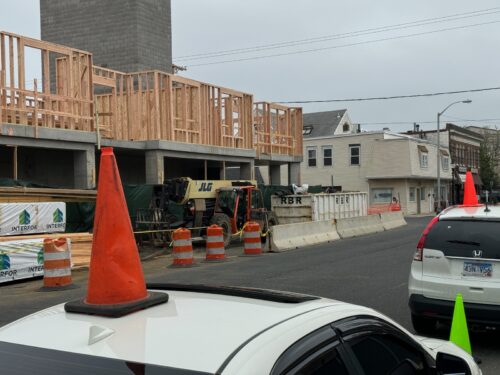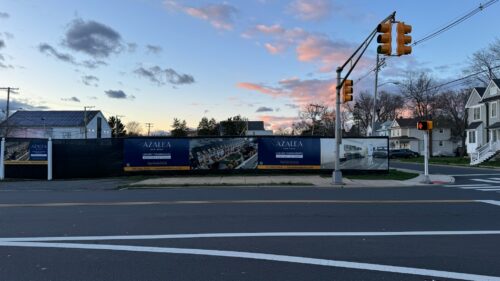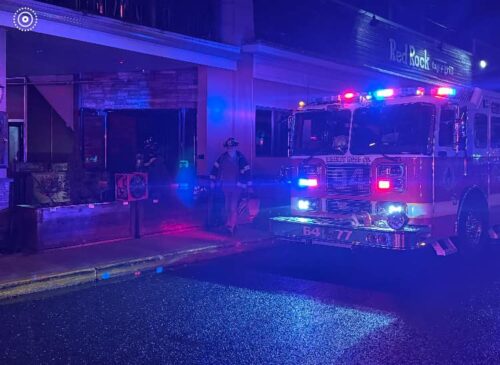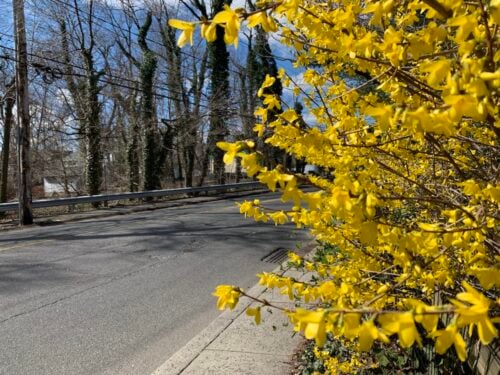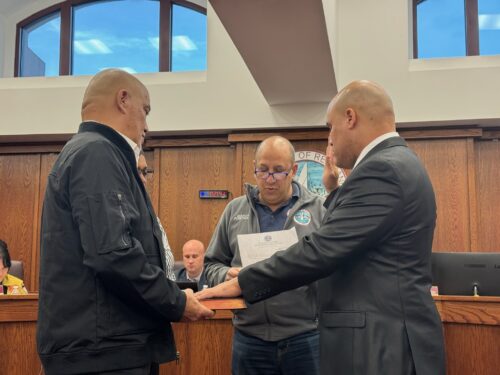
By REBECCA DESFOSSE
Despite lingering questions, Shrewsbury officials have not abandoned their pursuit of traffic cameras that would automatically issue summonses to alleged red-light violators, borough Council President Tom Menapace tells redbankgreen.
While borough officials have been talking for more than a year about installing the controversial devices at two heavily traveled intersections, “we have not made a decision, and we want to look at all sides of the issue before we make a decision,” Menapace said. “There is still a lot up in the air.
Meanwhile, 12th-district Assemblyman Declan OScanlon, of Little Silver, continues to rail against red-light cameras, calling a state Department of Transportation pilot program allowing their use in 25 towns “a disaster since it was initiated.”
Shrewsbury’s red light cameras are contemplated at two locations on Broad Street/Route 35: the intersections of Sycamore Avenue and Shrewsbury Avenue.
Though Shrewsbury has been previously reported to have drawn up specs for the cameras, Menapace said no contract has been drawn up with their leading vendor, American Traffic Solutions, and that he has an open mind on the issue.
But even if town officials were to greenlight the cameras, the borough might have to wait until 2014 to win needed approvals from the state.
In 2009, the DOT implemented a pilot program in 25 municipalities to determine whether red light cameras promote safety by reducing the rate and severity of accidents at troubled intersections. According to OScanlon, the DOT is not admitting any new towns.
Additionally, he said he believes that after the study is completed, the program will not be reauthorized due to various studies showing red light cameras do not improve safety at intersections.
The only benefit is revenue picked out the pockets of most motorists who are behaving rationally,” he said.
In fact, the issue of incorrect red-light timing led the DOT to suspend issuing tickets in 21 of the 25 participating municipalities in June. The program was restarted four weeks later, after each of the towns provided certification by a municipal engineer that the devices complied with state legislation on signal timing.
O’Scanlon, who earlier this year lambasted a series of videos posted on YouTube by American Traffic Solutions as proof that the cameras don’t deter red-light violations, has floated legislation to do away with the cameras. But last week, he also submitted a reform bill which would fix some of the common complaints regarding the setup of the cameras increasing yellow light timing, allowing for a grace period once the light turns red and reducing the fine for right turns on red.
If were going to keep it for the next two years of the pilot program, we need to fix it so that we are ensuring that we are not ripping people off, he said.
OScanlon said he has been approached by numerous residents in Shrewsbury asking him not to let the town implement red light cameras.
But Jess Hayes, a Shrewsbury resident, staunchly supports red light cameras. You shouldnt go through a red light. If you do, you deserve a ticket, she said.
Gary Damanti, an owner of Red Bank Yellow Car Company, says hell have to see more data.
Initially, I want to think its more of a revenue thing than a safety thing,” he said. But it all depends on how well they [the cameras] are set up.


